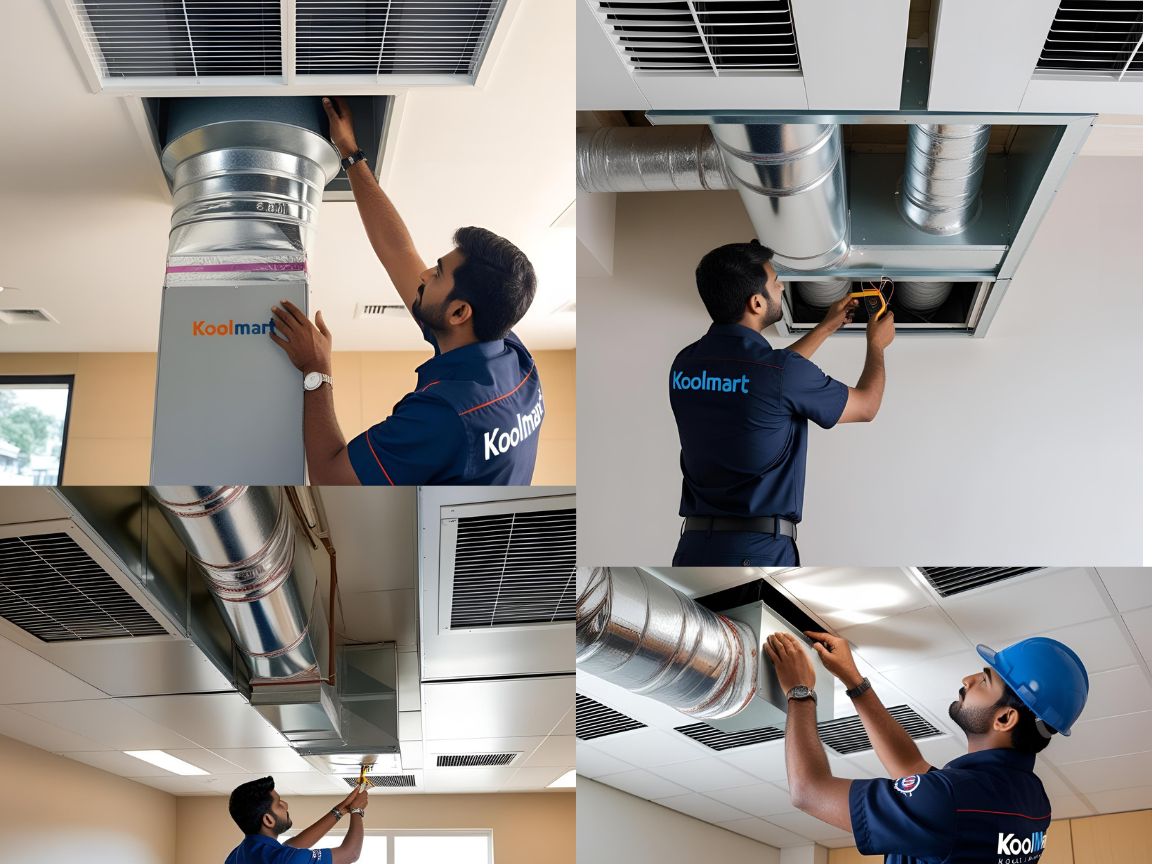Ventilation Systems
Ventilation Systems in HVAC

Ventilation is one of the most vital components of any HVAC (Heating, Ventilation, and Air Conditioning) system. While heating and cooling often get the spotlight, ventilation ensures the quality of indoor air—making environments safe, healthy, and comfortable for occupants. In industrial and commercial settings, where air quality can impact health, safety, and productivity, a robust ventilation system is essential.
What is Ventilation in HVAC?
Ventilation refers to the process of exchanging or replacing air within a space. In HVAC systems, it involves removing stale air (including contaminants, moisture, and odors) and bringing in fresh, filtered outdoor air. It maintains air quality by managing CO₂, humidity, dust, chemicals, and airborne microorganisms.
Functions of a Ventilation System
- Fresh Air Supply
- Contaminant Removal
- Moisture Control
- Odor Control
- Temperature Balance
Types of Ventilation in HVAC Systems
1. Natural Ventilation
Uses wind and thermal buoyancy to circulate air. Suitable for small buildings, but insufficient for industrial use.
2. Mechanical Ventilation
Uses fans, AHUs, and ducts for forced air movement. Common in modern commercial and industrial settings.
- Exhaust Ventilation
- Supply Ventilation
- Balanced Ventilation
- ERV/HRV Systems (Energy/Heat Recovery Ventilation)
Key Components of a Ventilation System
- Air Handling Unit (AHU): Conditions and circulates air using fans and filters.
- Fans & Blowers: Move air into, through, and out of the system.
- Ductwork: Transports air across spaces with minimal loss.
- Air Filters: Trap dust, allergens, and pollutants (HEPA, UV, electrostatic).
- Dampers & Louvers: Regulate airflow direction and volume.
- Vents & Diffusers: Distribute air evenly across rooms.
Importance in Different Environments
- Industrial: Removes gases and maintains safe working conditions.
- Commercial: Improves productivity and reduces Sick Building Syndrome.
- Healthcare: Prevents infection spread; supports sterile conditions.
- Cleanrooms: Controls particulates and airflow direction.
Benefits of Efficient Ventilation
- Improved Indoor Air Quality (IAQ)
- Compliance with OSHA/ASHRAE/Building Codes
- Energy Efficiency with ERV/HRV & Smart Controls
- Prevents Mold & Moisture Damage
- Increases Thermal Comfort
Challenges in Ventilation Design
- Improper system sizing
- Poor ductwork layout
- Neglected filter maintenance
- Incorrect control settings
Ventilation System Maintenance
- Replace filters regularly
- Clean ducts to prevent dust/mold
- Inspect fans and motors
- Calibrate sensors
- Rebalance airflow when needed
Future Trends in Ventilation
- IoT-connected ventilation
- Demand-Controlled Ventilation (DCV)
- Green buildings with natural-air integration
- Post-COVID air exchange standards
Ventilation is a foundational element of HVAC, ensuring air safety and comfort. From industrial plants to hospitals, effective ventilation is essential for health, regulatory compliance, and operational success. With new technologies and green building trends, ventilation is more vital and intelligent than ever.
